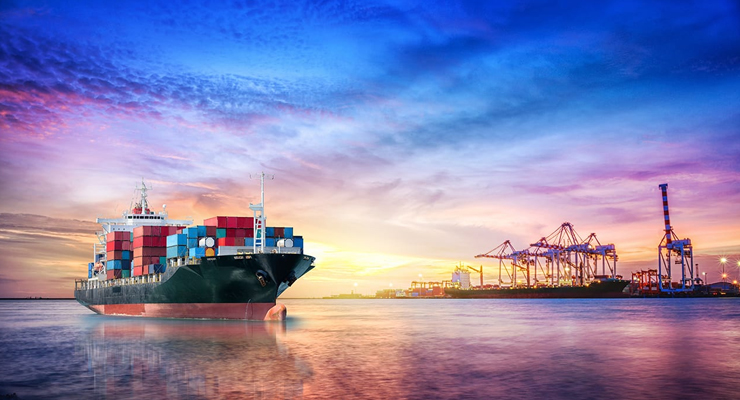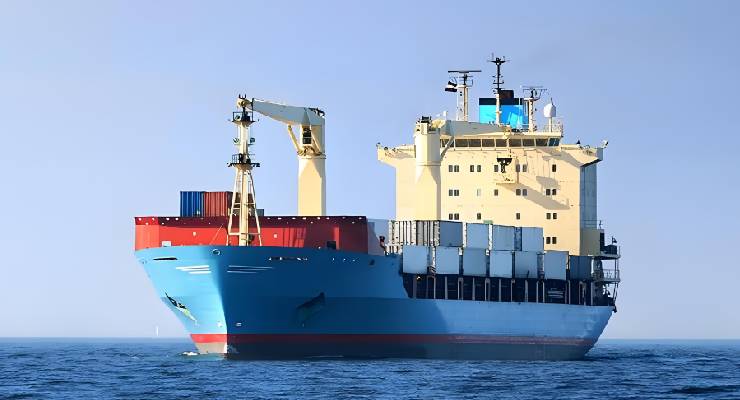
In some regards, ocean shipping has moved much closer to its pre-COVID state. Freight rates are falling from the historic highs we saw in 2021, and the flood of shipments from retailers and manufacturers is stagnating in some markets as high inflation is starting to create shifts in consumer buying patterns.
Still, two lingering challenges are likely to persist for some time. First, overall ocean freight reliability is improving slightly but continues to be a driving issue globally. In Asia, ocean shipping's on-time average is 40.5%, lower in specific lanes. In the U.S., inbound freight only averaged 35% on time in 2022.
The second challenge is ocean container displacement caused by ocean carriers "blanking," or voiding, sailings. A significant number of these blank sailings have been on Asia to North America routes in order to help balance container supply with weakening consumer demand. A consequence of this strategy is that scheduled ports of call are skipped, containers aren't where they're needed, and potentially time-sensitive shipments don't make it to their destination before goods are spoiled or customers miss their delivery dates.
These canceled bookings also work to slow the gradual decrease in container shipping rates by artificially constraining supply. Despite this challenge, spot indexes are generally all pointing in the same direction; there is no precipitous plunge in container shipping rates, but they are on an orderly decline.
-
 A Comprehensive Guide to Refrigerated ContainersJun 17,2025
A Comprehensive Guide to Refrigerated ContainersJun 17,2025 -
 Guide to 20ft & 40ft Shipping Container Dimensions for Global LogisticsJun 17,2025
Guide to 20ft & 40ft Shipping Container Dimensions for Global LogisticsJun 17,2025 -
 How to track shipments sent from ChinaMay 13,2025
How to track shipments sent from ChinaMay 13,2025 -
 Guide to Importing and Shipping Cars from China to UAEMay 13,2025
Guide to Importing and Shipping Cars from China to UAEMay 13,2025 -
 Guide to Importing and Shipping Camping Gear from ChinaMay 07,2025
Guide to Importing and Shipping Camping Gear from ChinaMay 07,2025 -
 Shipping from China to YemenMay 06,2025
Shipping from China to YemenMay 06,2025

